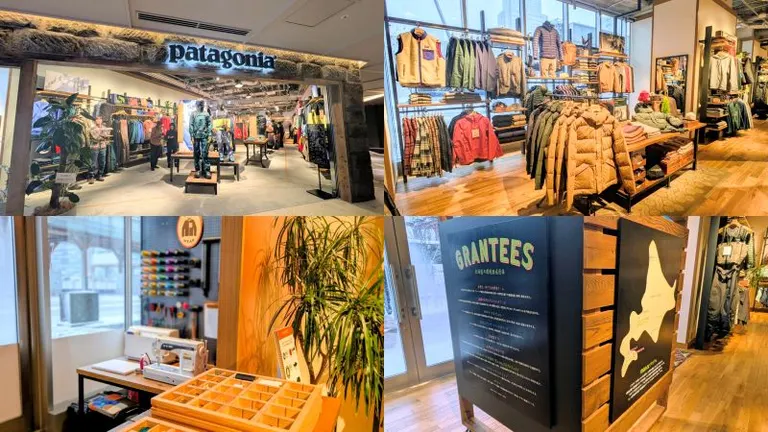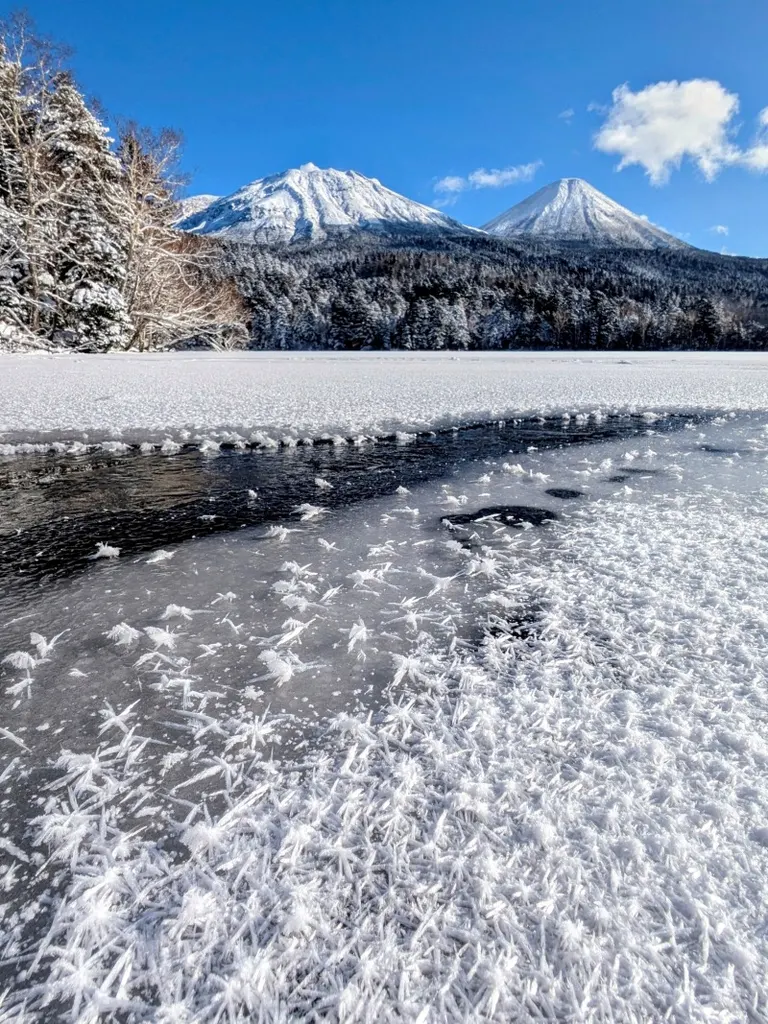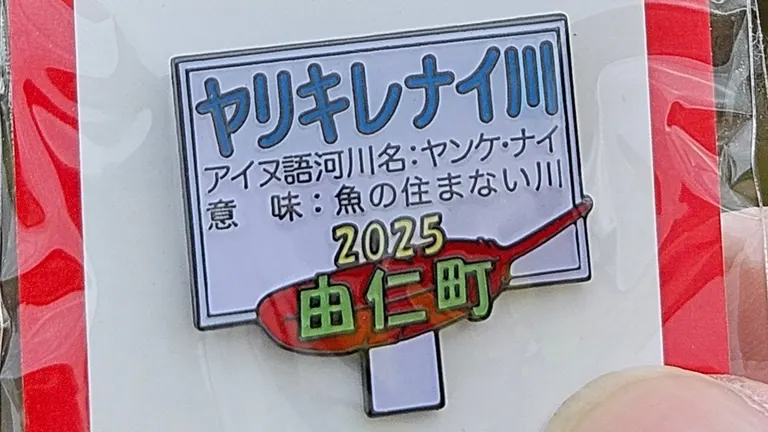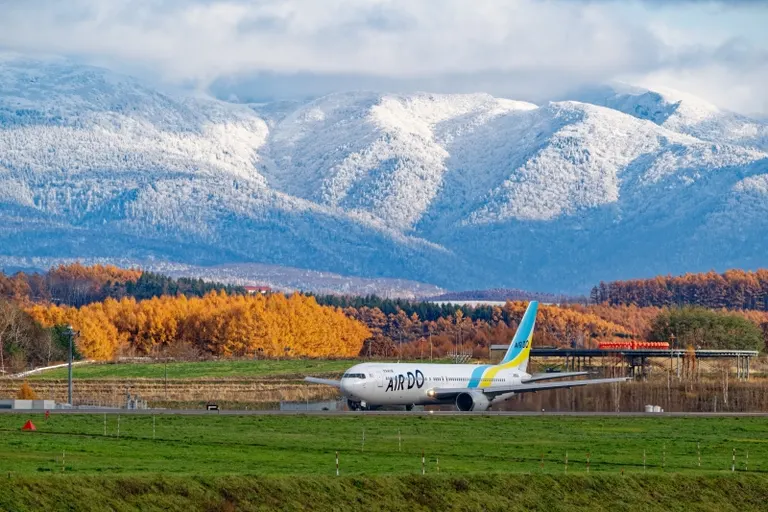![[Comparing Donbei Tastes] "So Different!" What are the differences between Hokkaido, Eastern Japan, and Western Japan?|Domingo](https://p1-634a4370.imageflux.jp/w=768,f=webp:auto,q=78/https%3A%2F%2Fdomingo.ne.jp%2Fwp%2Fwp-content%2Fuploads%2F2022%2F04%2F07e645202302e2d7ec3ed0796e9cb252.jpg)
ARTICLES
[Comparing Donbei Tastes] "So Different!" What are the differences between Hokkaido, Eastern Japan, and Western Japan?
We're sure you've all had the experience of being confused by the differences in food and flavors when traveling to a new place for the first time, but did you know that the well-known Nissin Donbei also has different flavors in Hokkaido, Eastern Japan, and Western Japan? We compared the classic Kitsune Udon and Tempura Soba to see how they actually differ.
The broth and seasonings are all different!
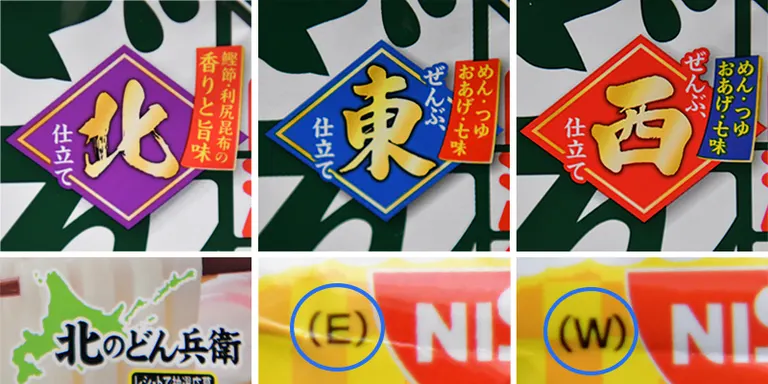
From the left: labels for Hokkaido, Eastern Japan, and Western Japan
First, let's look at the differences in the packaging. The "Kita no Donbei" sold in Hokkaido is labeled with a broth made from bonito flakes and Rishiri kelp, but the ones for Eastern and Western Japan are labeled with "noodles, soup, fried tofu, shichimi." Also, near the opening of the package, the ones for Hokkaido have the "Kita no Donbei" mark, the ones for Eastern Japan have an "E" for EAST, and the ones for Western Japan have a "W" for WEST.
So where does the division between Eastern and Western Japan lie? Upon investigation, we found that Toyama, Ishikawa, Fukui, Shiga, Nara, and Wakayama prefectures west of the prefecture are sold to Western Japan, while the rest of Eastern Japan, excluding Hokkaido, is sold to Eastern Japan.
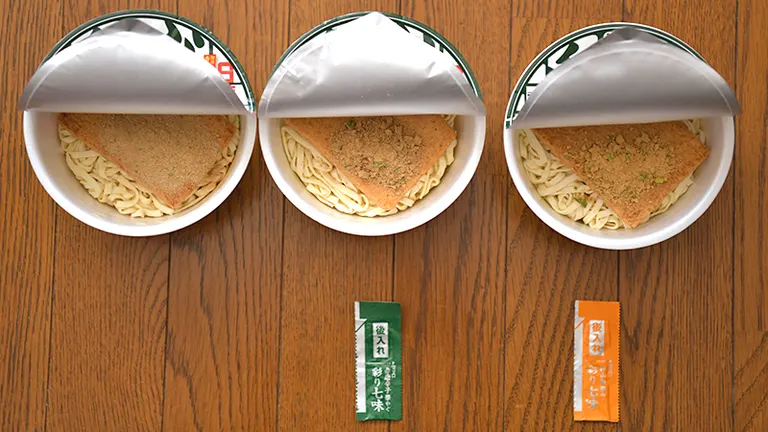
There are also differences in the condiments included. The Hokkaido version comes with no condiments, but the eastern version comes with red chili pepper shichimi, and the western version comes with Japanese pepper shichimi. For us from Hokkaido, it's surprising that other Donbei come with condiments.
So how does the taste actually differ? First, let's start with the "Kitsune Udon." After pouring hot water and waiting for 5 minutes, it's time to try it!
"Donbei Kitsune Udon" taste comparison
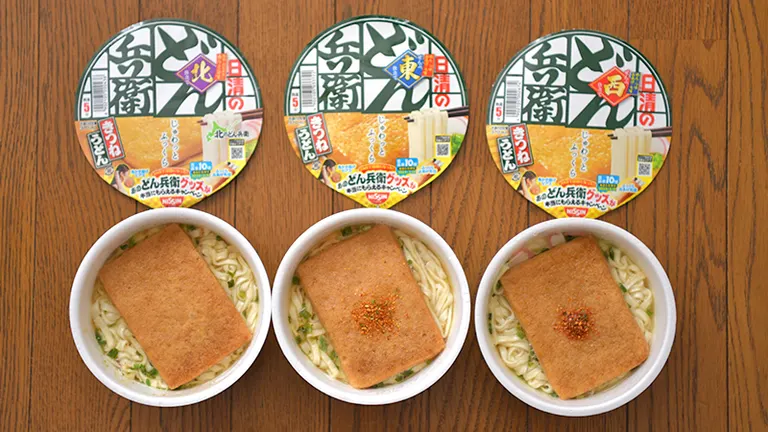
From left: Kitsune udon in Hokkaido, Eastern Japan, and Western Japan
First up is "Kita no Donbei" from Hokkaido. The broth is made with bonito flakes and Rishiri kelp. It has the flavor of freshly shaved bonito flakes and a mellow soy sauce flavor that is packed with the umami of kelp. It has a very gentle taste.
Next, let's check out the taste of Eastern Japan. According to the official website, the broth is made from real bonito and bonito flakes, and has a deep flavor with richness and umami. When you take a bite, you can taste the rich flavor with the sweetness of soy sauce in the fish broth. Then, when you bite into the deep-fried tofu...the sweet soy sauce flavor seeps out. The delicious broth and deep-fried tofu are a perfect match!
Lastly, we have Western Japan. According to the official website, the soup stock is a layered broth made with bonito and kelp. The delicious aroma of bonito fills the air, and it has a light flavor with a strong dashi flavor. Sprinkling Japanese pepper as a condiment adds a touch of flavor and elegance.
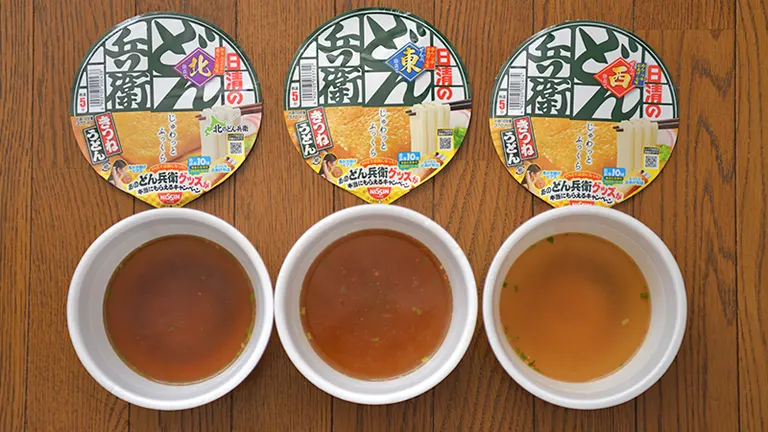
From left: Hokkaido, Eastern Japan, Western Japan
By the way, the color of the soup is also obvious when you compare it. The one for Western Japan is extremely light in color. It's amazing how different they are. Next, we'll compare the taste of the also popular "Tempura Soba."
- 1
- 2






